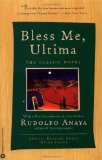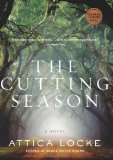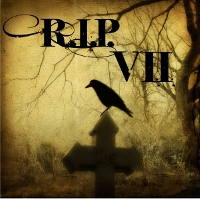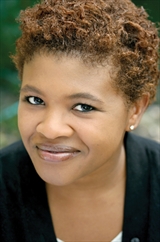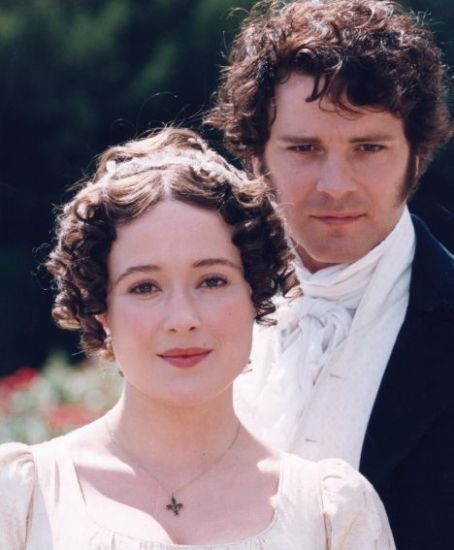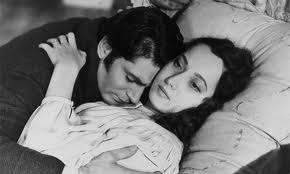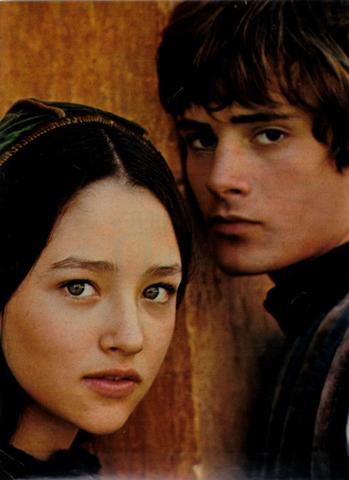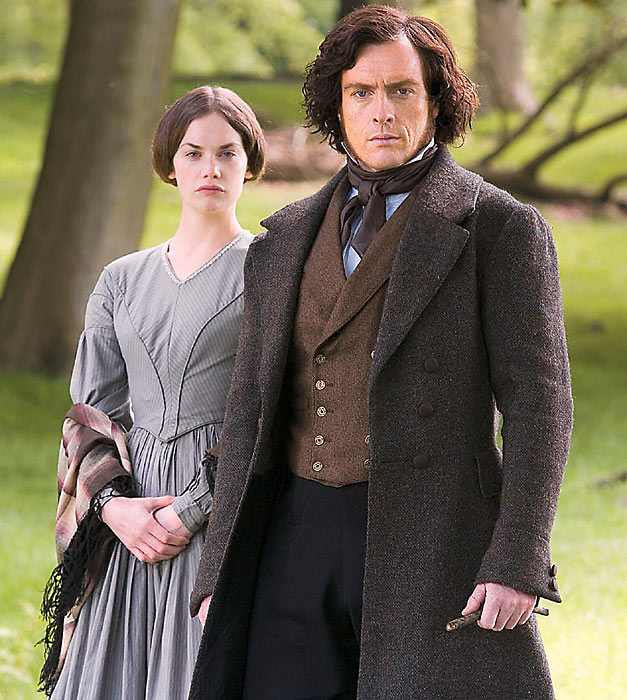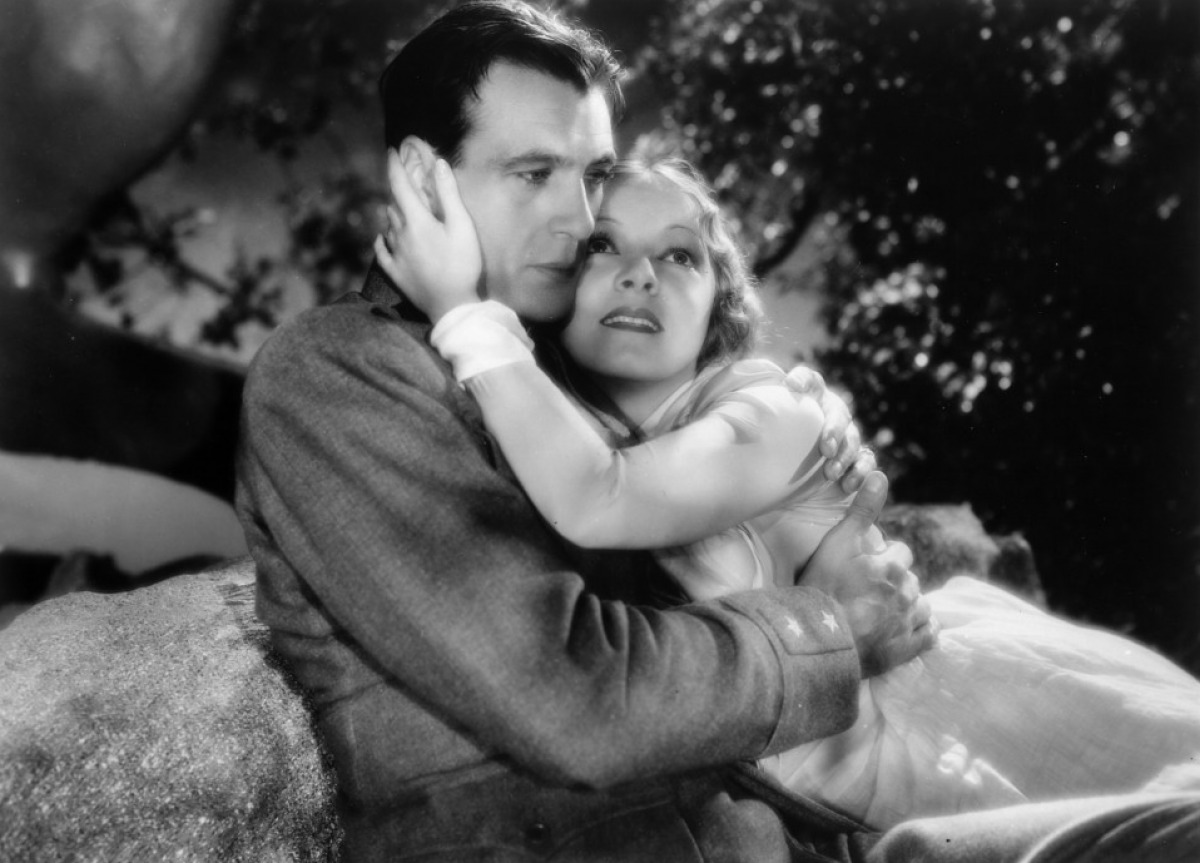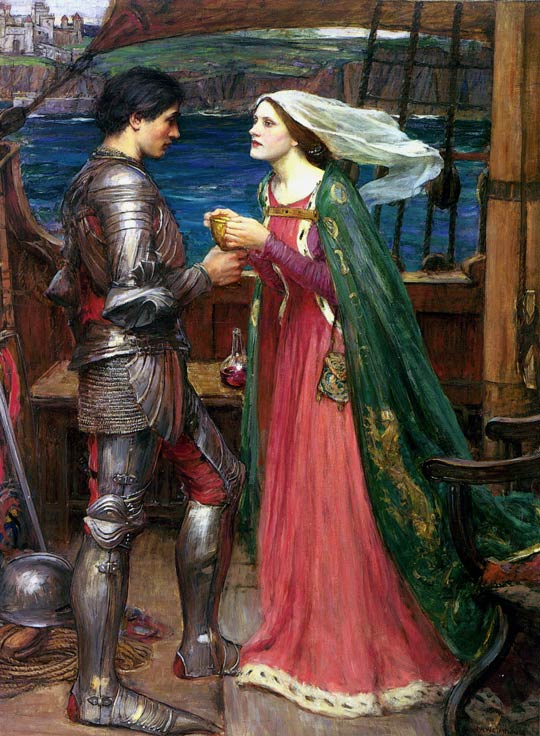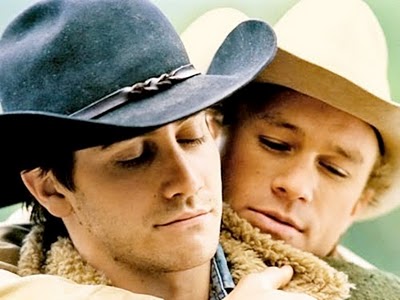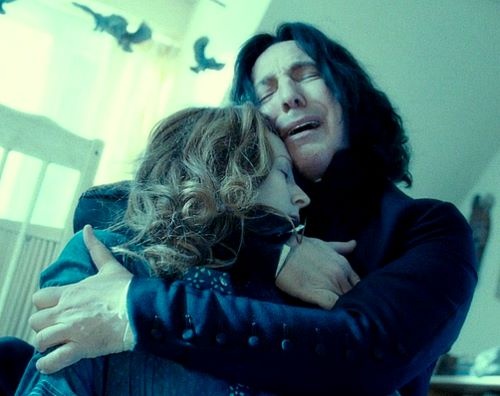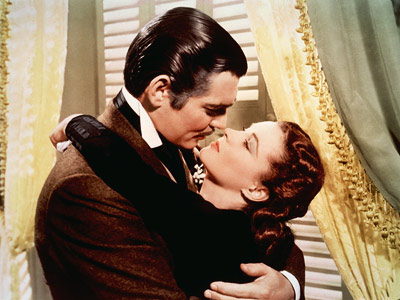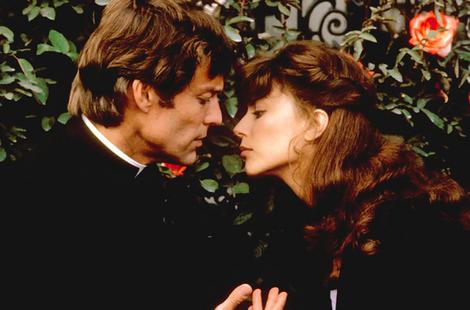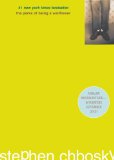 The tenth grade curriculum where I now teach includes Rudolfo Anaya’s novel Bless Me, Ultima. I had never read the book before, and I managed to stay right with the students as we read. There is something to be said for reading alongside students instead of in advance. On this particular occasion, I did it out of necessity rather than design. I usually try to read in advance, but constraints on my time have made that hard. I enjoyed the novel very much, and it was a nice segue from The Catcher in the Rye, which we just studied, to Macbeth, which we will study next. For this particular novel, it was nice to experience the unfolding of the story right alongside the students.
The tenth grade curriculum where I now teach includes Rudolfo Anaya’s novel Bless Me, Ultima. I had never read the book before, and I managed to stay right with the students as we read. There is something to be said for reading alongside students instead of in advance. On this particular occasion, I did it out of necessity rather than design. I usually try to read in advance, but constraints on my time have made that hard. I enjoyed the novel very much, and it was a nice segue from The Catcher in the Rye, which we just studied, to Macbeth, which we will study next. For this particular novel, it was nice to experience the unfolding of the story right alongside the students.
Bless Me, Ultima is a semi-autobiographical novel (something Anaya admits), so my students and I used a biographical lens to study the novel. Like Anaya, Antonio was a young boy living in New Mexico. He feels a great deal of conflict over his path in life. Should he become a vaquero and wander the llano like his father’s family, the Márez? Or should he become a farmer, like his mother’s brothers, the Lunas? His mother wishes for him to become a priest of the Lunas. Or does his path lay on a completely different road? At his mother’s insistence, the family takes in the elderly curandera Ultima, who was present at the birth of Antonio and his siblings. She is a wise healer, and she shows Antonio her healing ways. The two grow close, and he helps her as she is persuaded to use her healing arts to cure victims of witchcraft. Antonio discovers much about the mysteries of life, God, and magic over the course of the two years Ultima lives with his family.
One of my favorite parts of much literature in this genre, and in particular, Chicano and other Latino literature, is the magical realism. I feel that the magical realism in Latino literature is almost always more seamlessly executed and accepted by the characters (and, as a result, the reader) than it is in other types of literature. As I read this novel, it wasn’t hard to accept the notion that of course witchcraft was real, and there were those who used their powers for good, and others who used their powers for evil. And of course, there was a magical Golden Carp who might be part of Antonio’s religious destiny. And of course, small children were religious philosophers who pushed Antonio’s thinking through their clear conclusions about God and the Golden Carp.
Anaya has no trouble bringing his New Mexican llano to life. I grew up in Colorado, and I have been to New Mexico many times. The flat llano was easy for me to picture even without Anaya’s help, but he brings the setting to life through his descriptions of the flat land, the scrubby cacti and yucca plants, the big sky, and the river. There are elements of a traditional shoot-em-up Western, too, as the Márez vaqueros ride in and the evil Tenorio chases people in his quest for vengeance. But what ties all of it together is Ultima and Antonio’s respect for the beauty and utility of the land.
This novel was chosen as a Big Read selection, and here is a video that might interest you. I love Anaya’s bolo tie and tennis shoes. Cute!
Rating:




Full disclosure: I received a free copy of this book from my school as part of my curriculum materials.
